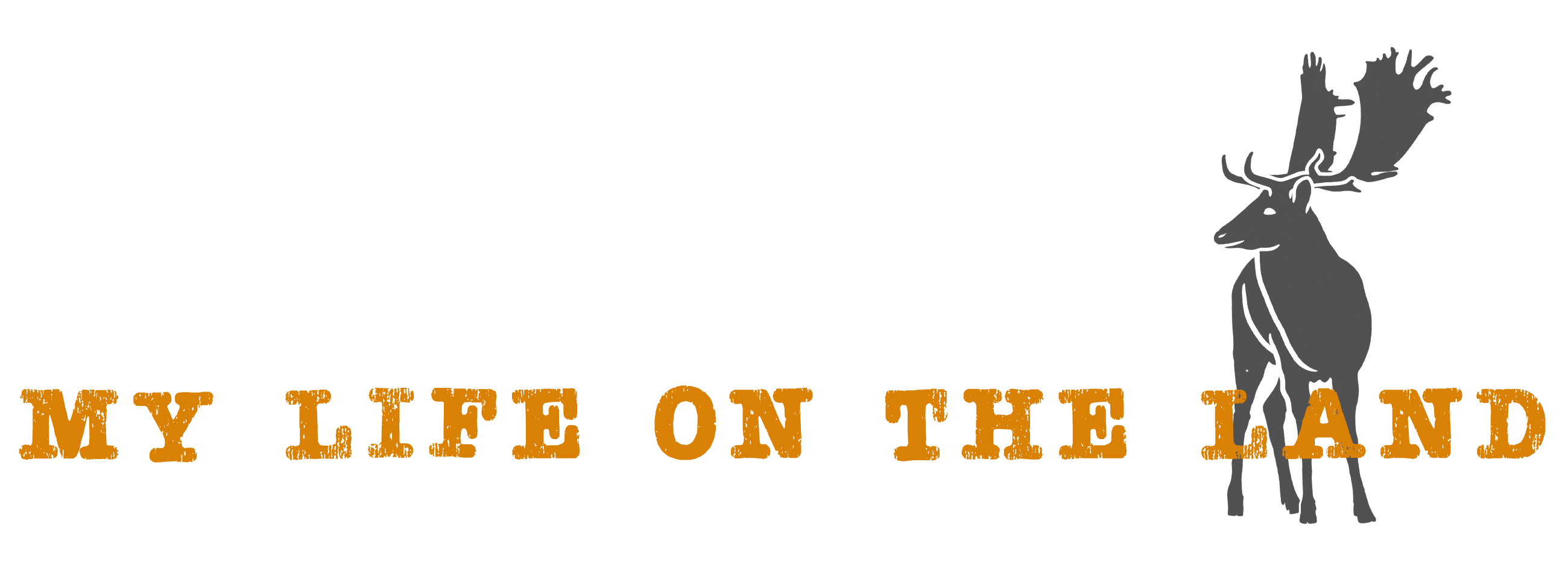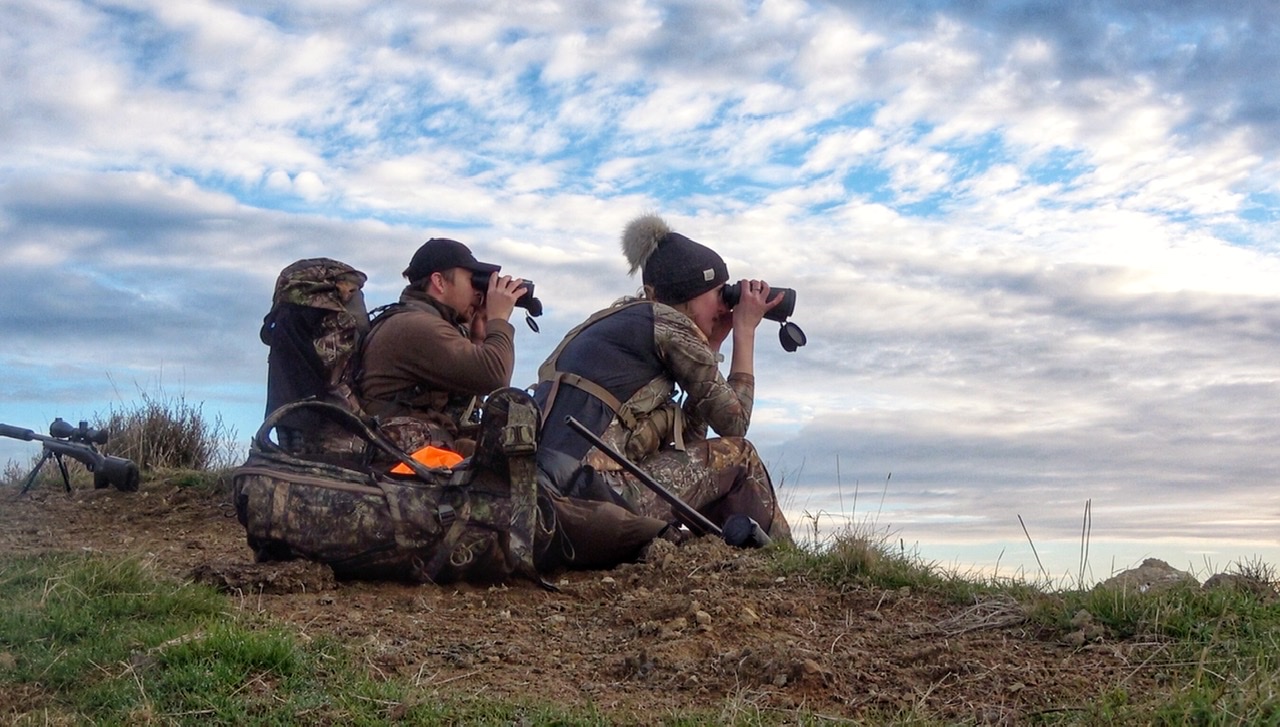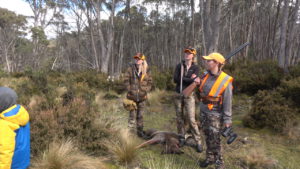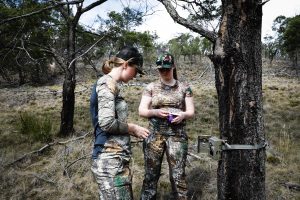Let’s talk hunting optics. Nearly every hunter can tell you a tale about someone they know (which could possibly be themselves) who spent hours stalking up on a deer, only to discover it was a tree stump or bush that kind of looked a bit like a deer! This is where a good pair of binoculars or field glasses can make all the difference between correctly identifying your target or shooting at shadows. While many people interchange the terms with one another, there are a few fundamental differences between field glasses and binoculars that we’ll examine in this article. Hopefully, by the end, you’ll clearly know the differences and decide if one type is better for you than the other.
Same same but different
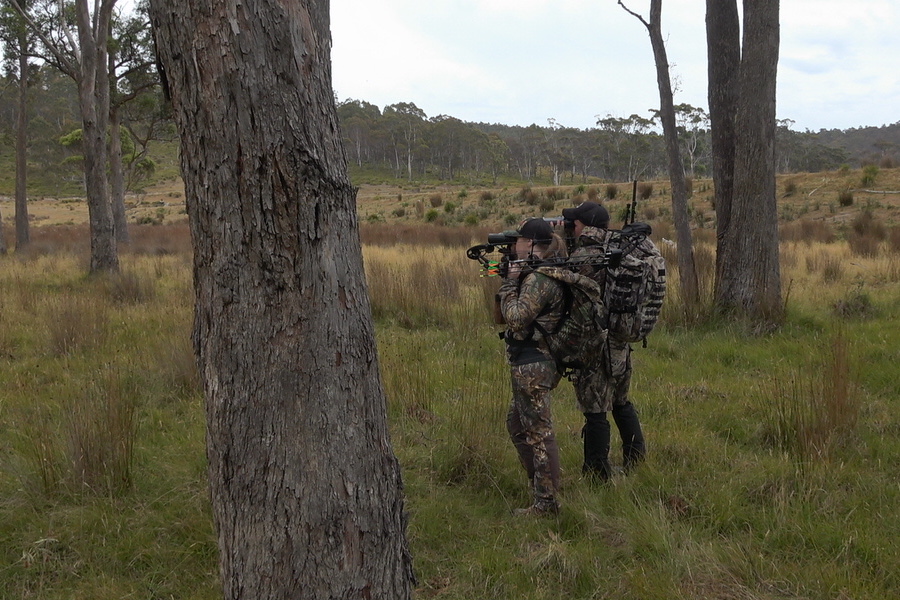
Both field glasses and modern binoculars are optical hand-held double telescopes that magnify a distant object. They are both optical devices that collect light from a distant source with an objective lens and create a magnified and focused image. Both allow the user to see a brighter and clearer image with a better perspective than they would with just their eyes.
So what are the differences?
Field glasses are portable telescopes that use twin objective lenses to magnify an image. A convex objective lens situated in the front creates a right-side-up image. This covers a narrower field of view and offers comparatively lower magnification. The second objective lens is concave and located near the eyepiece.
Binoculars, on the other hand, were invented by Italian inventor, Ignazio Porro in the 1850s, and use prisms inside each tube to create a highly magnified image. Light beams pass through the prisms, reflecting and showing a greater path length. This allows a higher level of magnification, which means the binoculars themselves can be shorter than field glasses, and the separation of the objective lenses to be wider, increasing the stereoscopic effect.
Here are some more differences between field glasses and binoculars.
Magnification
Magnification is the ratio of the objective lens’s focal length and the focal length of the eyepiece. This power is measured as “diameter.” The higher the magnifying factor, the larger the image will be. For example, in a binocular description of 8×40, 8 is the magnifying factor, and 40 is the diameter of the objective lens.
In addition, the convex objective lens gathers distant light rays and creates a focused image in your eyes. Although both field glasses and binoculars use convex lenses, their mechanism is a bit different. Galilean field glasses only rely on the magnification power of an objective lens. So, these binoculars can’t enlarge a clear image more than five times (5x) the physical size of an object.
On the other hand, Porro-prism binoculars (also known as roof-prism binoculars) use prisms to provide more magnification strength. Compact binoculars can provide a binocular description from 6×30 to 8×50 and even higher. This higher magnification is possible due to the prism located inside each tube. So, the physical length of the optical path remains shorter than the focal length of the objective lens. A shorter optical path creates a bigger, clearer image.
Field of View
Field of view (FoV) refers to the observable or visible area seen through an optical lens. It depends on the focusing mechanism and is the inverse proportion of the magnifying power. FoV is measured in two ways; angular and linear. For example, 5.8-degree angular FoV is proportional to 102mm of the linear field of view per 1000 meters.
The field of view increases as the magnification decreases. So, field glasses have a higher field of view than binoculars.
Durability and features
When it comes to durability, field glasses might just have the upper hand. That’s because they don’t feature prisms, which means there’s less chance of breaking them, or the lenses getting misaligned. For this reason, they are a popular choice for kids.
But if you’re looking for a wider range of features, the Porro-prism binoculars get the upper hand, as you can purchase binoculars that are water resistant, fog-proof, glare resistant, shock proof and much more.
Eyepiece lens
Field glasses usually come with one concave eyepiece lens that creates a right-side-up inverted image.
Binoculars consist of three or more eyepiece lenses in two groups. The two groups are field lens and eye lens. The field lens is generally a double convex singlet, whereas the eye lens features a compound lens. Binoculars also feature an adjustable eyepiece with a hinge and axle to adjust the distance between eyes.
Application

Binoculars have a wide range of applications, from hunting to birdwatching and even stargazing. Hunters often use binoculars to spot game animals and set targets from a distance. Check out these affordable hunting binoculars.
On the other hand, field glasses are generally used to view activities from a shorter distance compared to binoculars, such as watching opera and sports such as football, horse riding, etc. Some land surveyors also prefer these glasses due to their larger field of vision.
Choosing between field glasses and binoculars
In general, modern binoculars are better than field glasses. But it all comes down to what features you need and for what purpose.
Field glasses are cheaper and simpler than binoculars, but they have somewhat limited use. You may survive a day out hunting deers with field glasses, but you won’t get the convenience, greater magnification and extra stability that binoculars provide.
Yet, despite their variety of applications, binoculars are less durable than field glasses in general.
For the most part, hunters tend to choose binoculars for their higher magnification and greater range of features. However, if you’re a bit on the clumsy side, or tend to hunt at shorter distances, the hardier field glasses might be the better option for you.
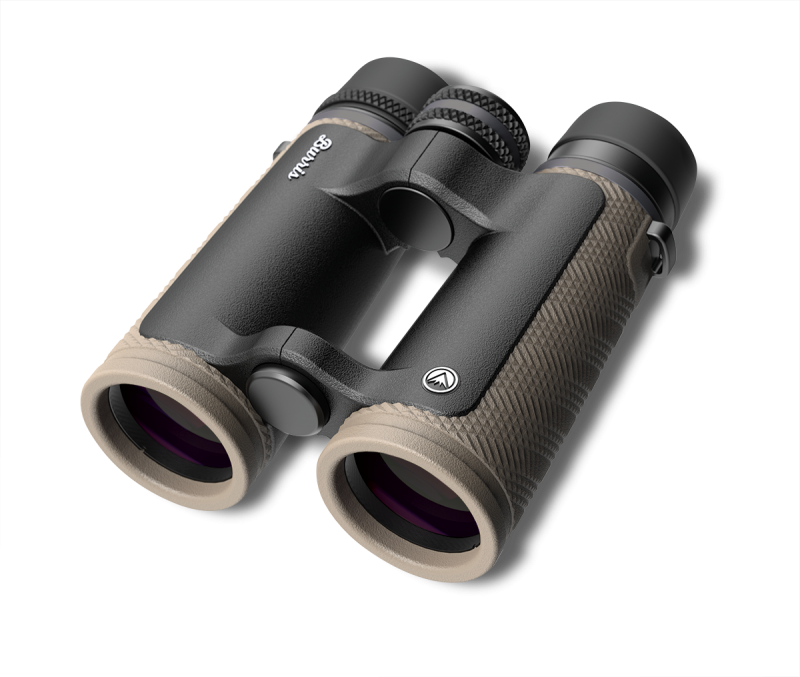
What is I Am Hunter?
I Am Hunter wants to change the way hunting is perceived and to change the conversation from a negative one driven by anti-hunters to a positive one led by hunters.
Our goal is to help hunters become positive role models and ambassadors for hunting, while simultaneously helping non-hunters understand why hunting is important.
You can become a supporter and help us achieve our goal and spread a positive message about hunting with the wider community.
Related content
Our other channels
Get our newsletter
Get our free monthly newsletter direct to your inbox
Listen on iTunes
Listen to our podcast on iTunes.
TV series
Watch I Am Hunter episodes on My Outdoor TV (MOTV)
